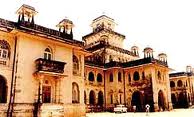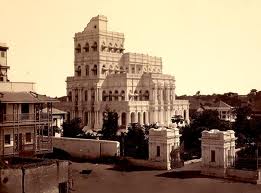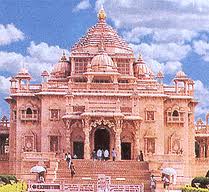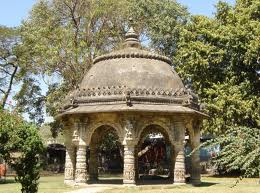Bhuj is a city in the Kutch district of Gujarat, India. It is a kind of an historical city having long history of kings and empires.
Background
Bhuj connects you to a range of civilizations and important events in South Asian history through prehistoric archaeological finds, remnants of the Indus Valley Civilization (Harappa's), places associated with the Mahabharata and Alexander the Great march into India and tombs, palaces and other buildings from the rule of the Naga chiefs, the Jadeja Rajputs, the Gujarat Sultans and the British Raj. Over the 4000-year inhabitation of Kutch it developed trading and migratory relationships with ancient civilizations as far abroad as Zanzibar, the Middle East and Greece, fostering a unique ethnic mix of peoples and traditions in the region.
How to get here
Bhuj is connected to Ahmedabad, Mumbai, Delhi and other major cities of India by trains. It has a domestic airport from where daily flights operate to and from Bhuj to Mumbai. State Transport Buses are available from ST stand in the middle of the town to various places in Gujarat.
Places to Visit
In a walk around Bhuj, you can see the Hall of Mirrors at the Aina Mahal, with its beautiful carved doorways, elaborate window boxes and balconies; next door to the Aina Mahal, is the giant Prag Mahal, climb stairs of the 45m bell tower for an exhilarating view of the city; visit Kutch Museum, the oldest museum in Gujarat founded in 1877 by Maharao Khengarji, it has the largest existing collection of Kshatrapa inscriptions;
Bhuj is home to one of the first Swaminarayan Temple, a magnificent architectural masterpiece built from marble a stunning place to visit.
Walking along the Hamirsar Lake's edge is a great way to get from one place to another in Bhuj. Further around the other side of the lake are the Sharad Baug palace, and the road to the Royal Chhatardis; catch the sunset among the chhatardis of the Kutchi royal family in a peaceful field outside the center of town.
Bhuj is mostly famous for its Kutchi Handicrafts, from elaborately embroidered clothing and luxurious quilts to block-printing, heavy silver jewelry and woodcarving. Or better yet, you can use Bhuj as a base for excursions to surrounding towns and villages to meet artisans and their families, see the work being done and buy crafts directly from the artisans themselves.















Wild Life Parks